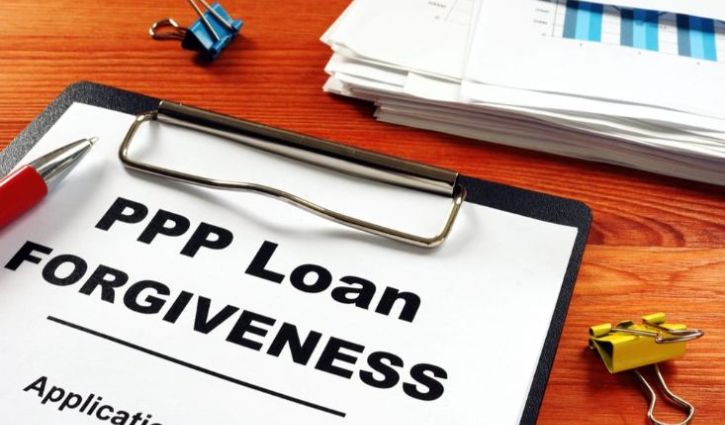
BLOG: PPP Loan Forgiveness, Second Draw Loans and Employee Retention Credit: What’s New and What’s Changed
Presented by UHY Advisors
To kick off the new year, TechServe Alliance held its first webinar of 2021, titled “PPP Loan Forgiveness, Second Draw Loans and Employee Retention Credit: What’s New and What’s Changed.”
This session is the first of a three-part series from TechServe Alliance in partnership with the experts at UHY that will focus on accounting, tax and financial management.
Guided by the unique expertise of team members from UHY Advisors and consulting, this month’s webinar covered the changes that have happened in the PPP loan program as they relate to the staffing industry, plus new opportunities in employee retention credit.
Eligibility: Those who are eligible for PPP2 are limited to any business concern, nonprofit organization, housing cooperative, veterans organization, Tribal business concern, eligible self-employed individual, sole proprietor, independent contractor or small agricultural cooperative with no more than 300 employees and at least a 25 percent reduction in gross receipts in the first, second, third, or fourth quarter of 2020 compared to the same quarter in 2019 Special rules apply if a businesses was not in operations for a all of 2019.
Definition of Gross Receipts: This includes all revenue in whatever form received or accrued in accordance with the entity’s accounting method from whatever source. Gross receipts do not include amounts such as taxes collected for and remitted to a taxing authority if included in gross or total income, or proceeds from transactions between a concern and its domestic or foreign affiliates.
Allowed Expenses: Under PPP2, the non-payroll costs that a portion of the loan can be attributed to now include property damage cost, operations expenditure, supplier cost and worker protection expenditure. This is in addition to rent, mortgage interest and utilities. No more than 40 percent of the loan can be attributable to these non-payroll costs.
Simplified Application: This creates a new simplified forgiveness application process for loans under $150,000. It is not necessary to provide support of documentation when applying for forgiveness, according to UHY. However, this does not mean an applicant is automatically forgiven. They must still make sure they qualify for forgiveness first.
Other Updated Provisions and Clarifications: The PPP updates have now been clarified to include group life, disability, vision or dental insurance. But the most significant change is the amount forgiven is not taxable.
Regarding recent changes to employee retention credit, the new year will extend the ERC credit through June 30, 2021. According to UHY, the credit also increases from 50 percent to now 70 percent of qualifying wages and it changes the cap to per quarter versus per year. This also lowers the threshold for significant decline of gross receipts to more than 20 percent.
Additionally, the Work Opportunity Tax Credit does not disqualify the employee’s wages for the entire period. UHY added that the same wages cannot be used for both the Employee Retention Credit and the Work Opportunity Tax Credit.
As far as advance payments, employers with less than 500 FTE can elect to receive an advance payment. The payment will be equal to 70 percent of the average quarterly wages paid by the employer in the calendar year 2019. If one was not in existence in 2019, they may substitute 2020. But UHY noted that there will be reconciliation of the amount of Advance Payment and the actual credit.
